What lurks in Komos Beach? Here is what I found while snorkeling:
The Food Web: (You can enlarge the image by clicking on it.)
It’s a fish-eat-fish and some other stuff world in our ecosystem. Although that food web took me a really long time to make in PowerPoint, I think that everyone is going to have a bit of a hard time deciphering it, so I will just briefly sum it up. Towards the bottom of our food web we have our primary producers (the species that use photosynthesis to make food). These species include: phytoplankton, Carolline algae, some other species of Rhodophyta and Chlorophyta, and diatoms. Then, we have the small weak guys: crabs, sea urchins, copepods, and zooplankton. They pretty much eat everything smaller than them, so their diets are mostly comprised by plankton (yes, plankton even eat plankton) and the primary producers. After the small stuff comes the fish, damsel fish, flounder, striped seabream, etc. All of the fish pretty much eat the same thing. I mean if you look closely at my food web you will notice their is a bit of variation, but not a lot. They all eat the plankton, algae, fish eggs, small crustaceans, and any fish that they can fit in their mouths. Lastly we have our apex predators. This group consists of the Mediterranean Moray eel, octopus, Bonelli’s Eagle, and Common Buzzard. In a nutshell this group consumes all the fish and crab they can find!
Besides developing the amazing skill of tolerating the nudists (Komos is a top naturalist beach), the fish of Komos Beach haven’t really made any major adaptations, but they for sure made some subtle ones. Our ecosystem is unique in many ways, the most prominent being the prolonged presence of human beings, the lack of direct sunlight for half of a regular day, and the position on a rocky cliffside. All of these peculiarities helped to shape both our modern ecosystem and our modern animals. While snorkeling one day, I observed that the local fish ignore all pieces of trash in their ecosystem, I mean they have no interest what so ever! After doing an extensive amount of research, I found that this is quite an abnormal attribute, as most fish would be curious about the foreign objects and try to consume them. This uncommon adaptation could possibly be linked to the fishes’ long history with people, but more likely, it is due to the restaurants that overlook the cliffside above our ecosystem.
One other adaptation is camouflage. This trait can be easily observed in the wide-eyed flounder. He adapted to the granular colored sand of Komos Beach in which he lies.




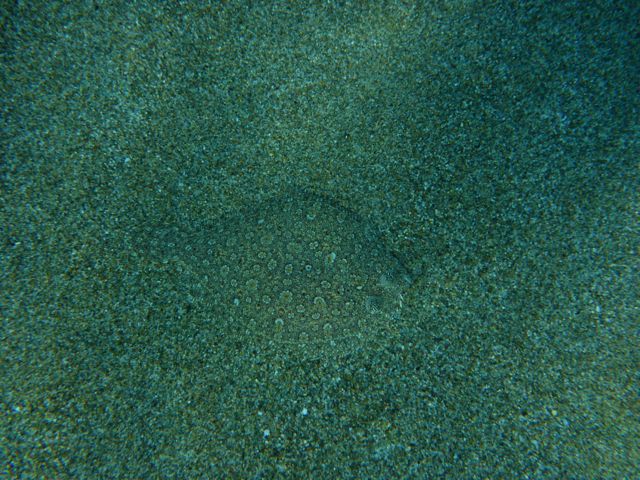
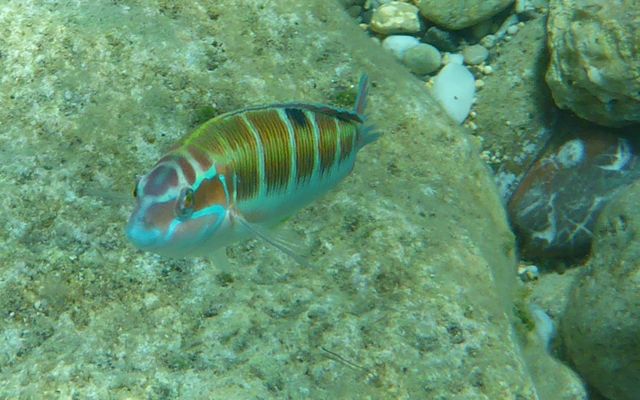
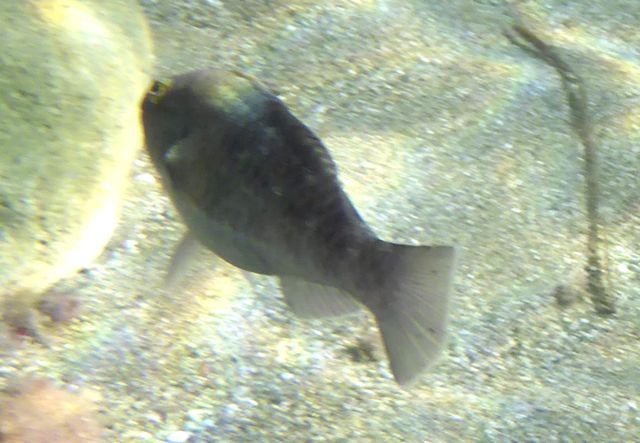
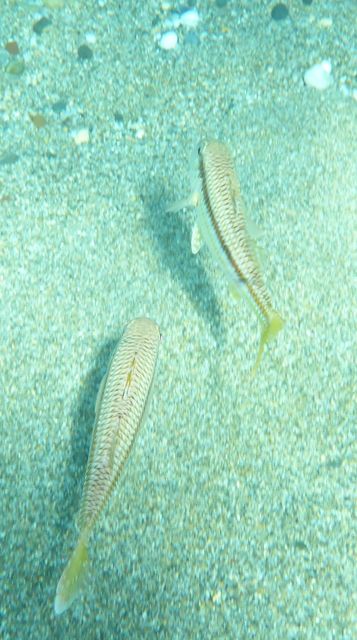
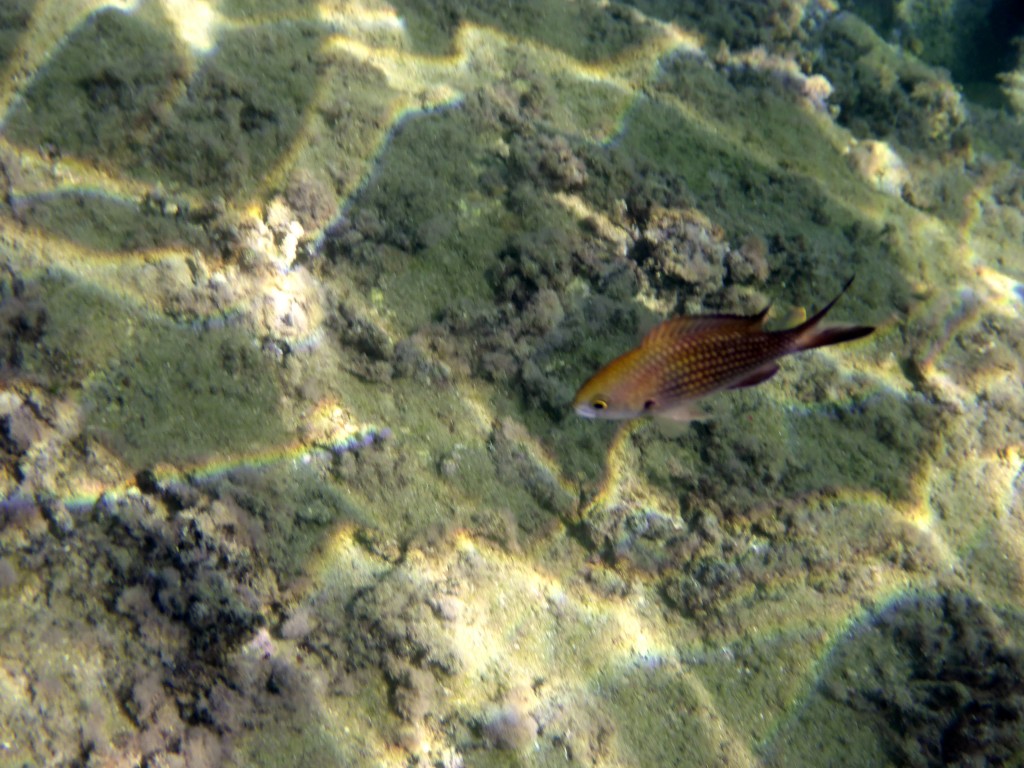
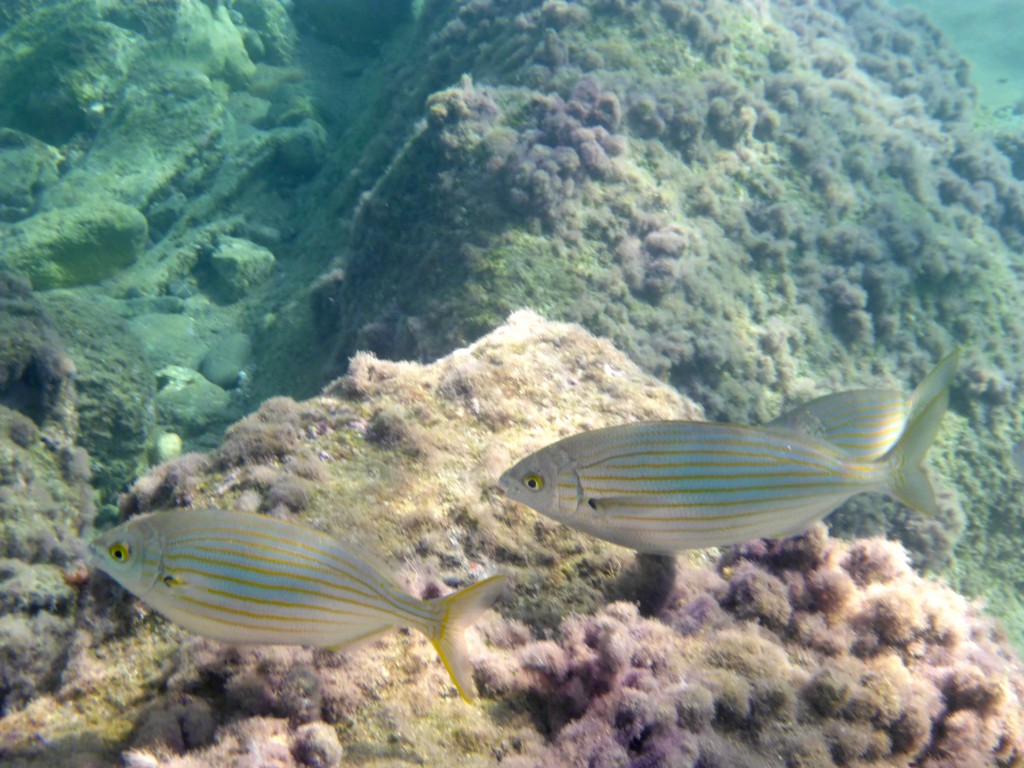
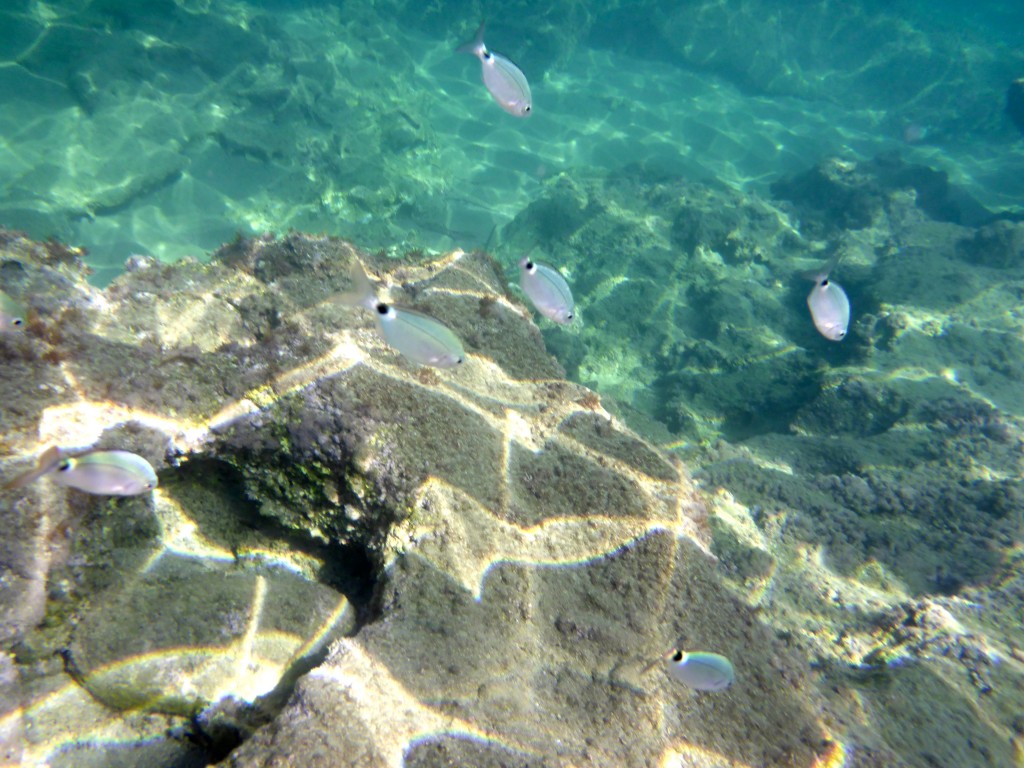
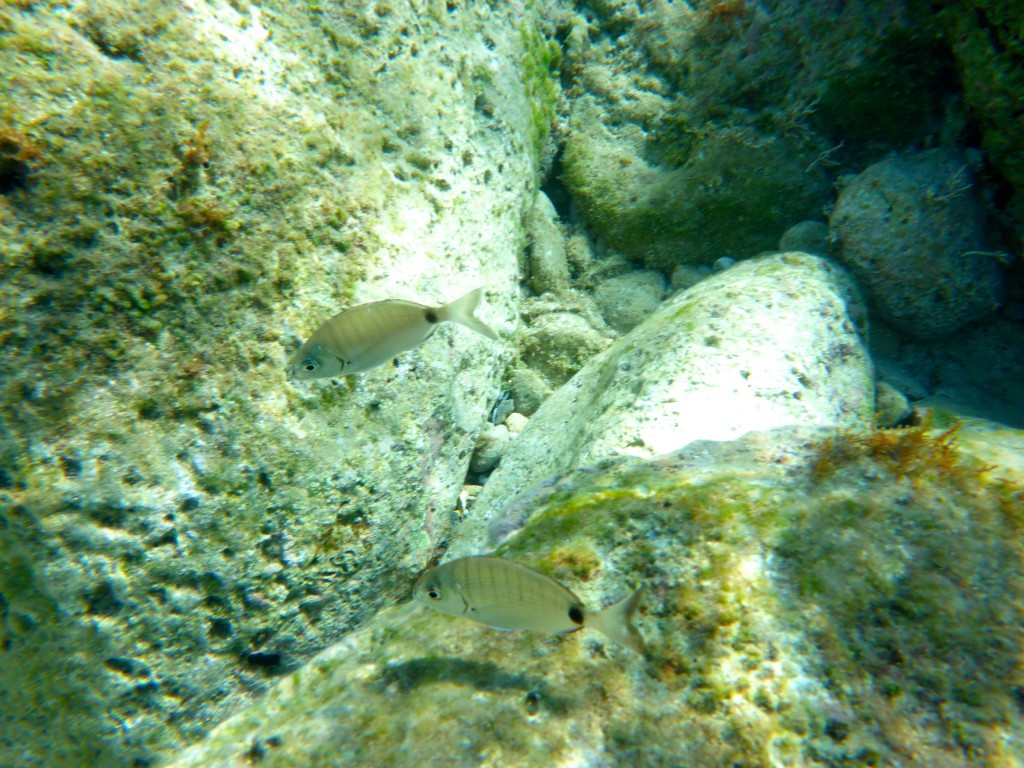
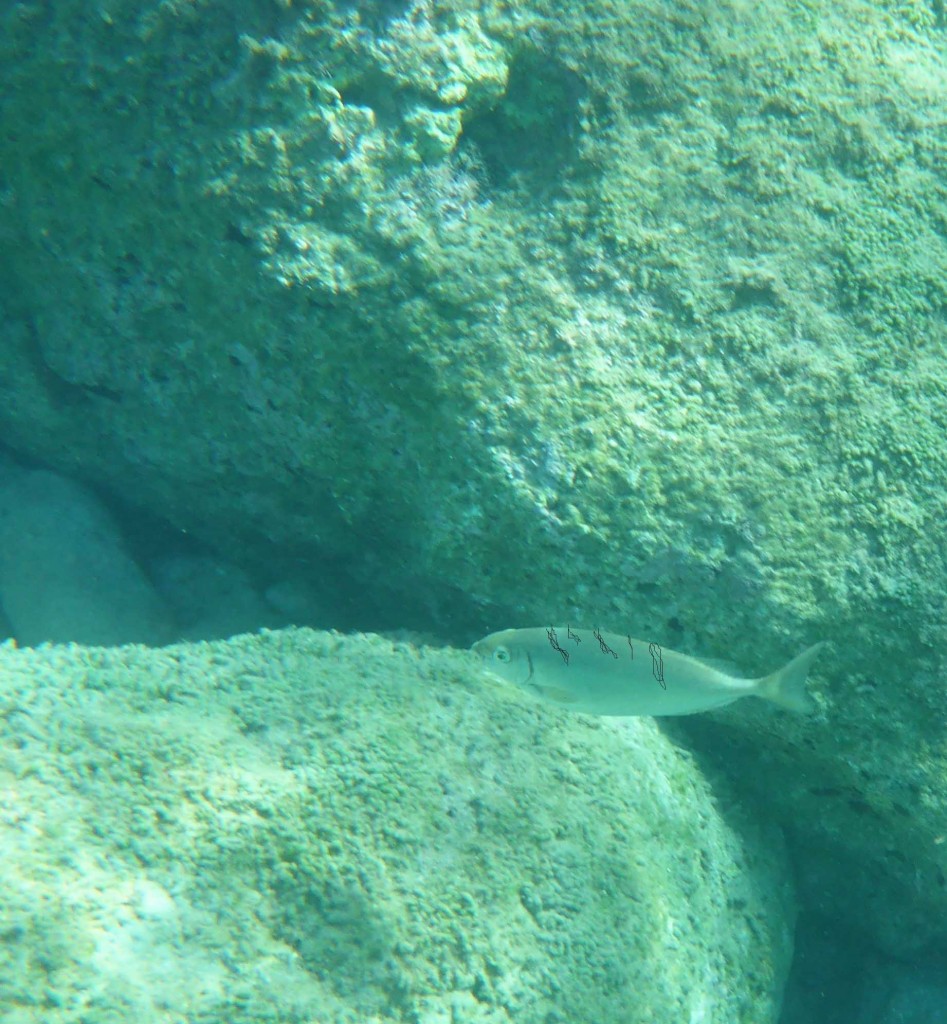
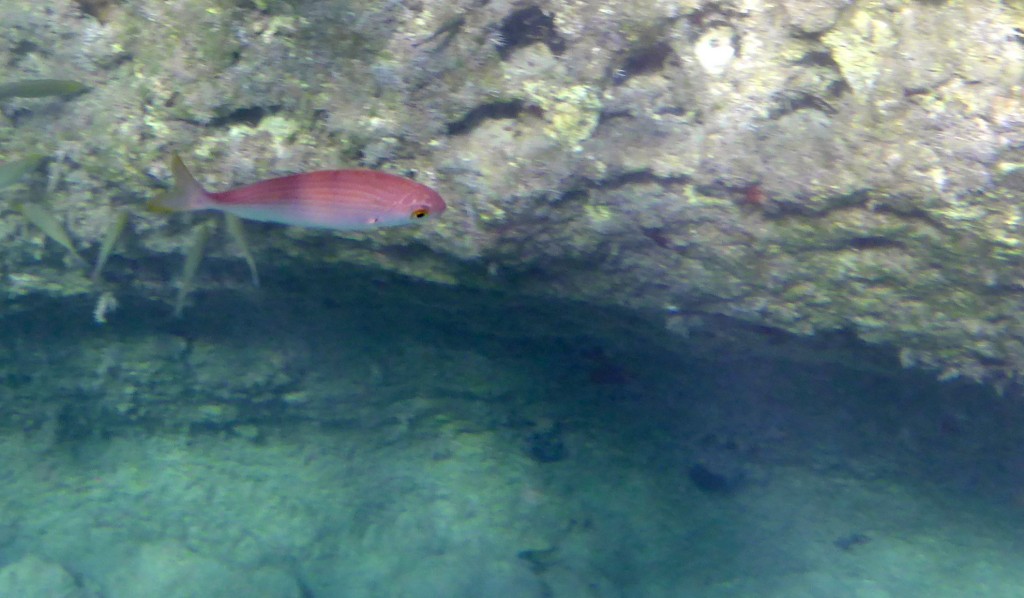
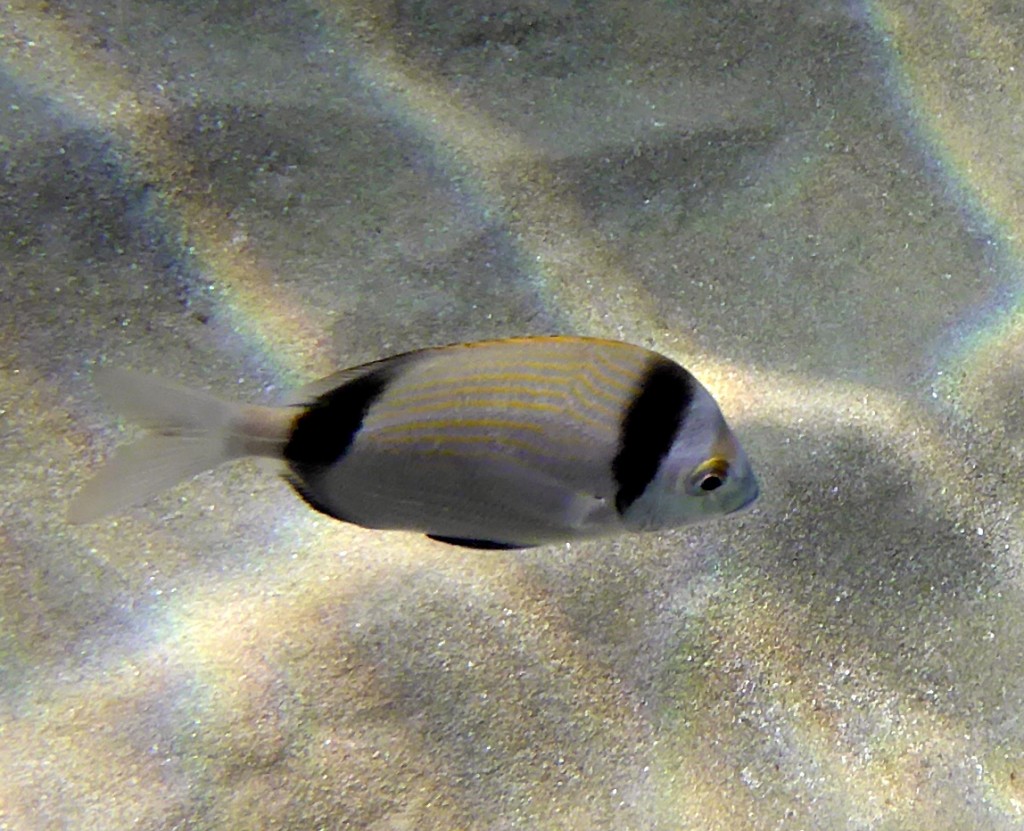
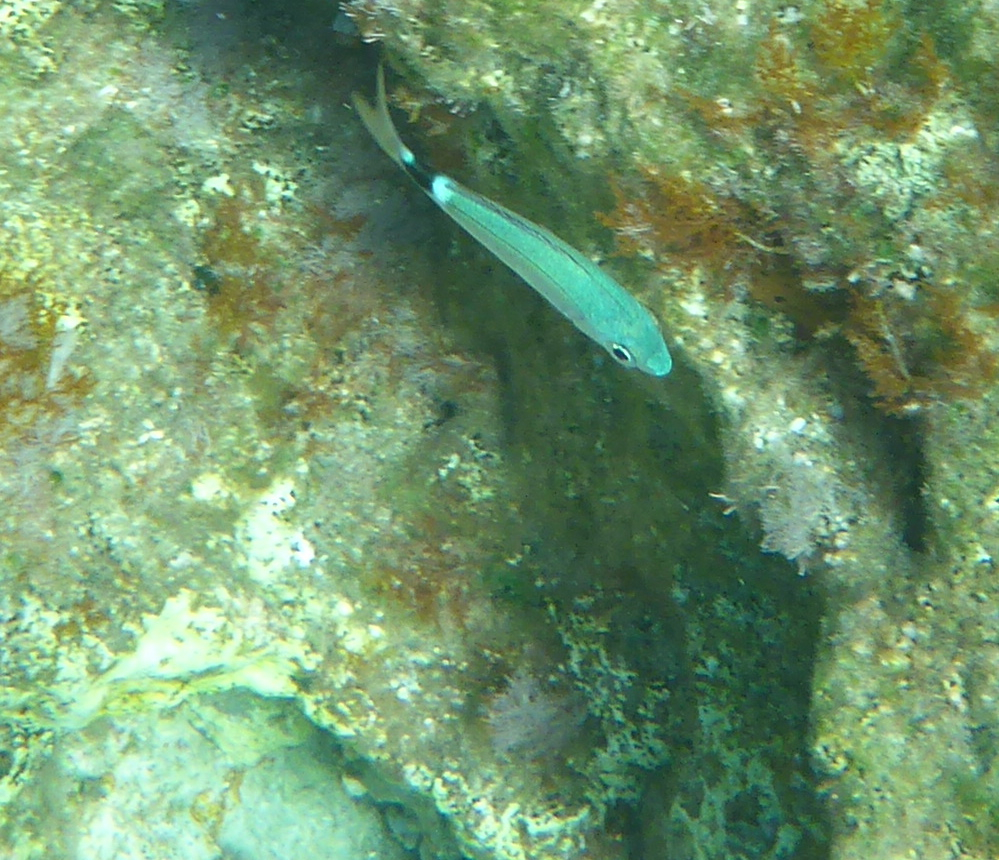

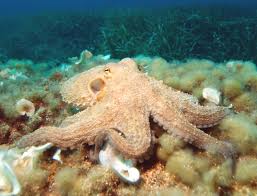
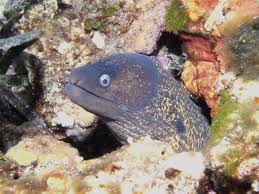
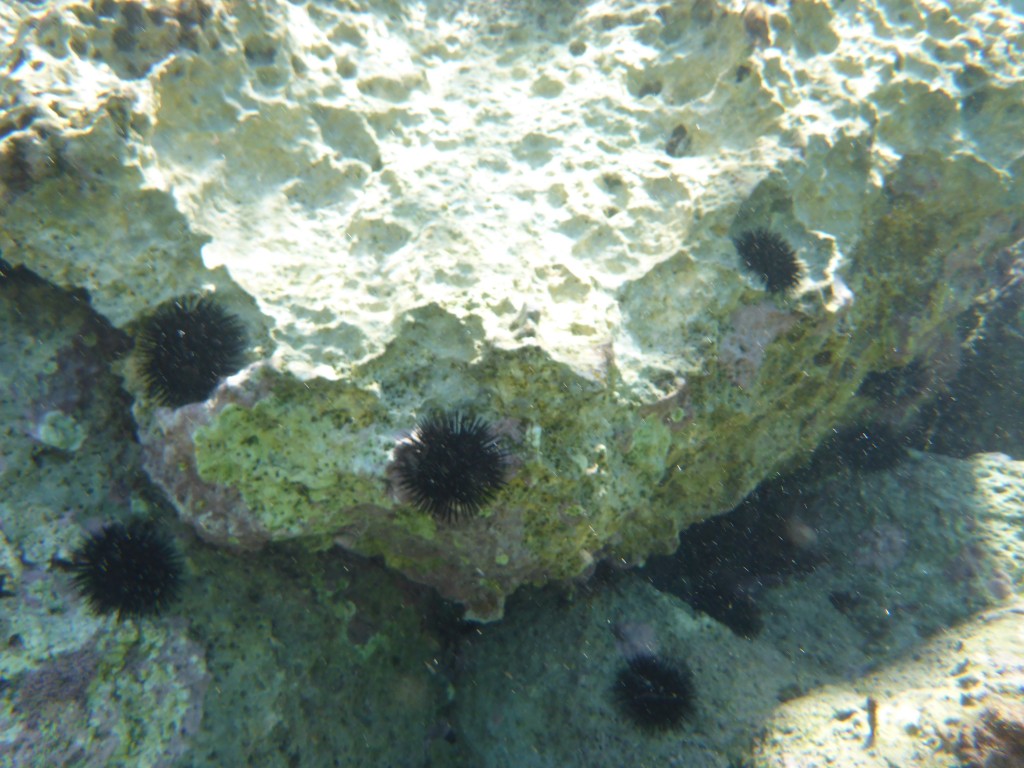
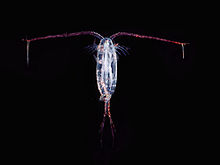
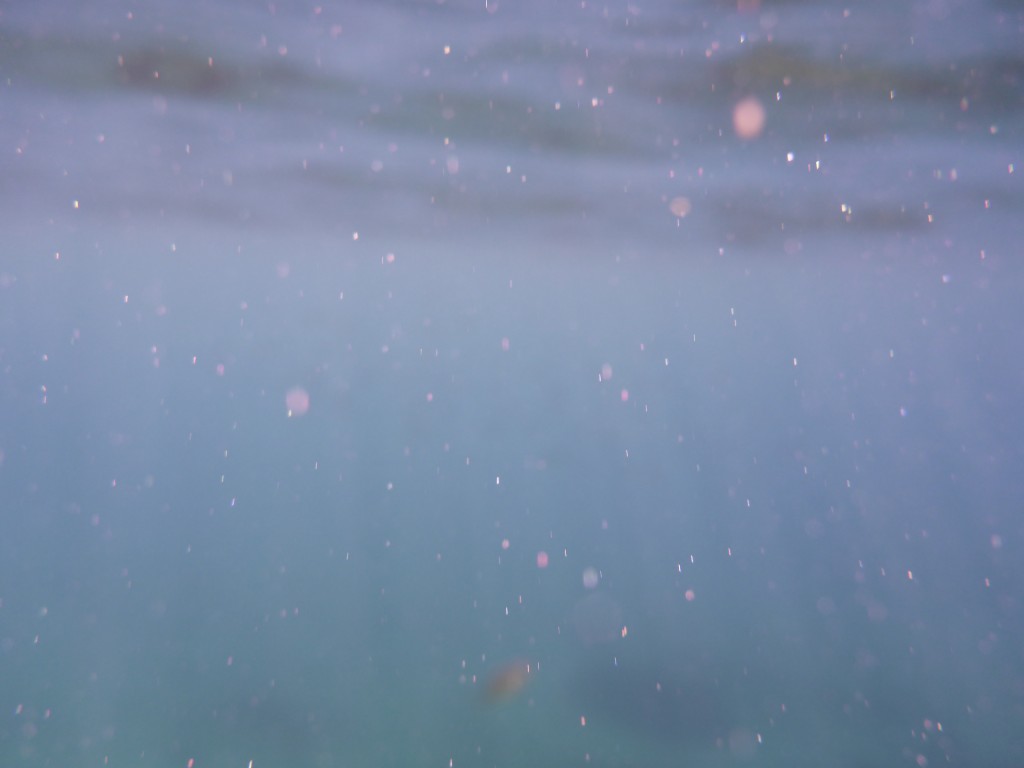
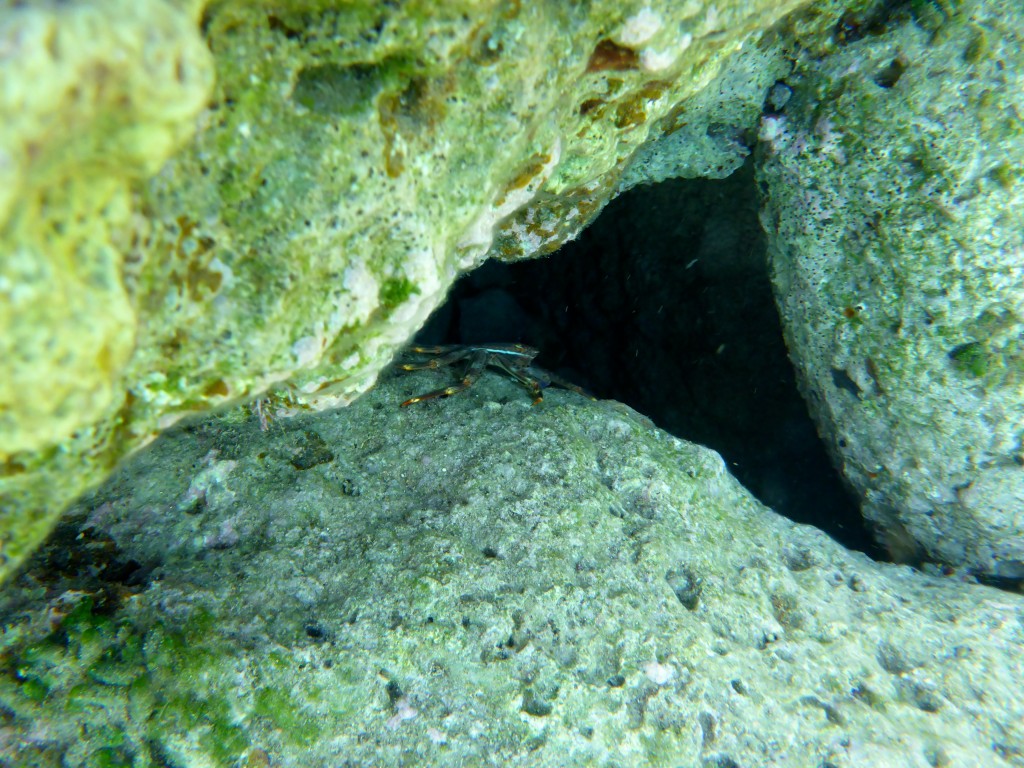
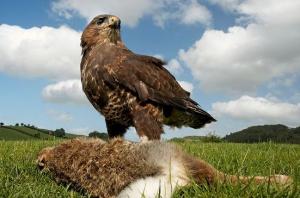

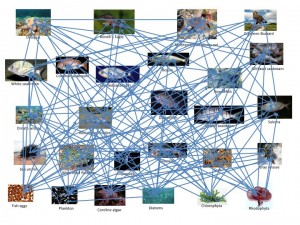
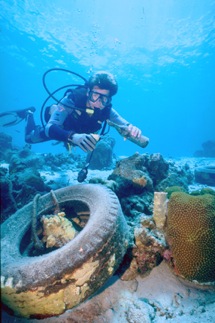
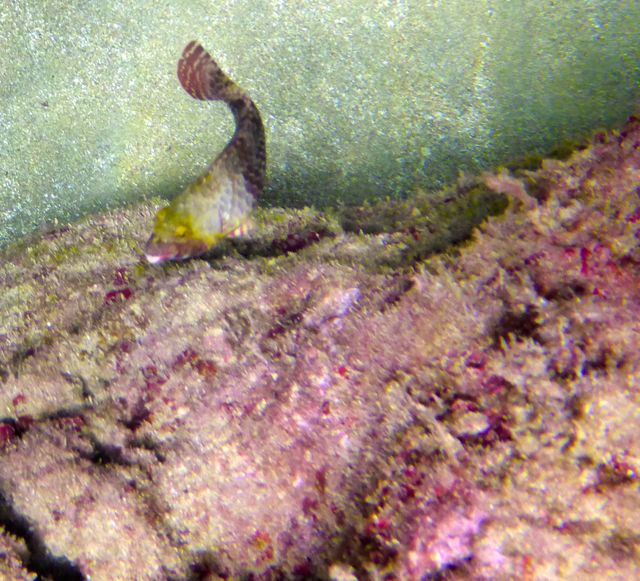
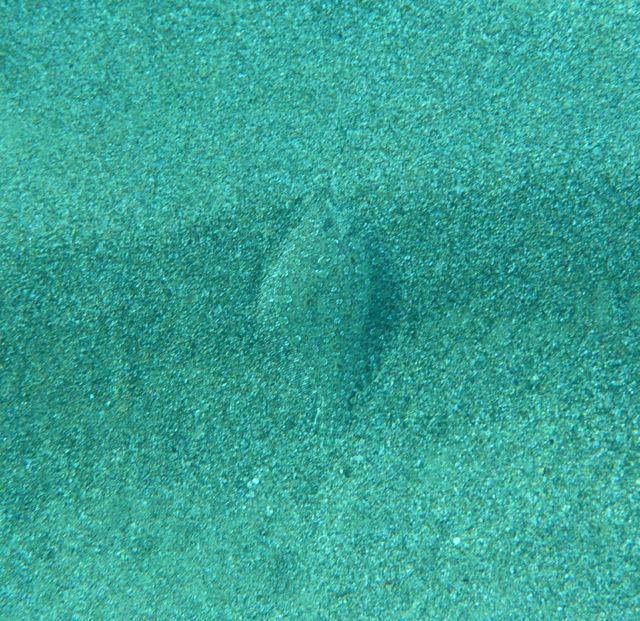

Recent Comments